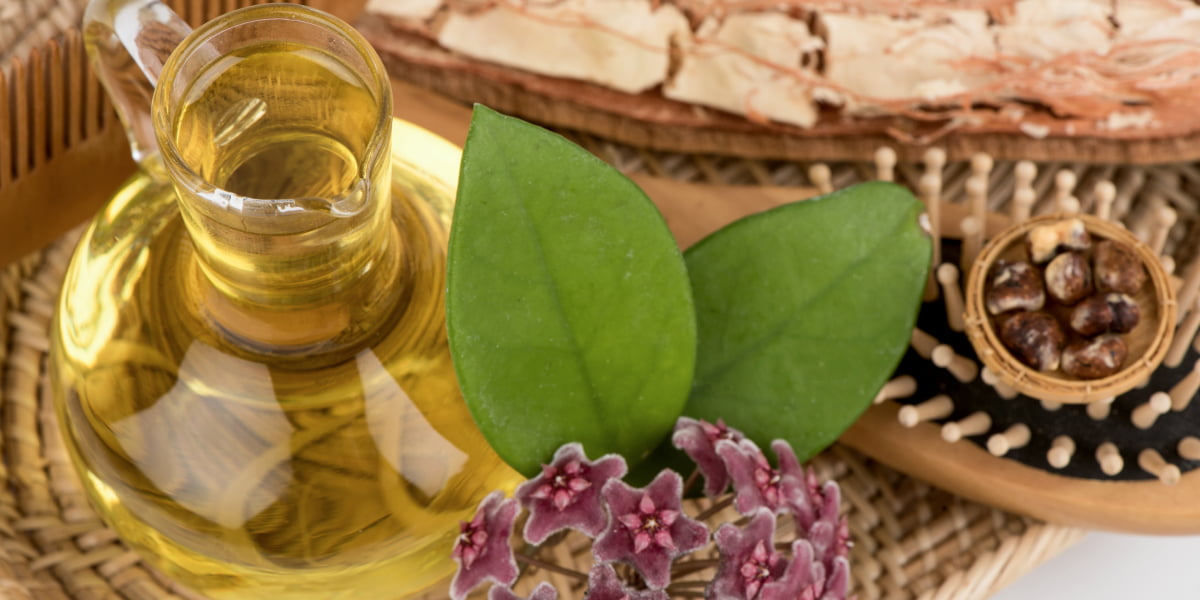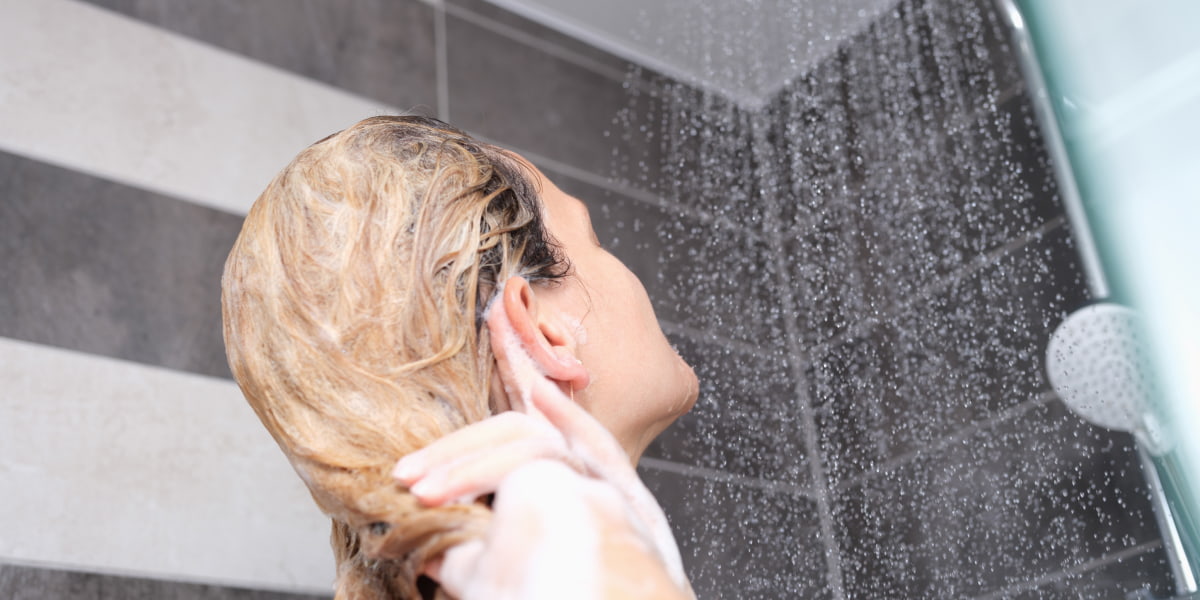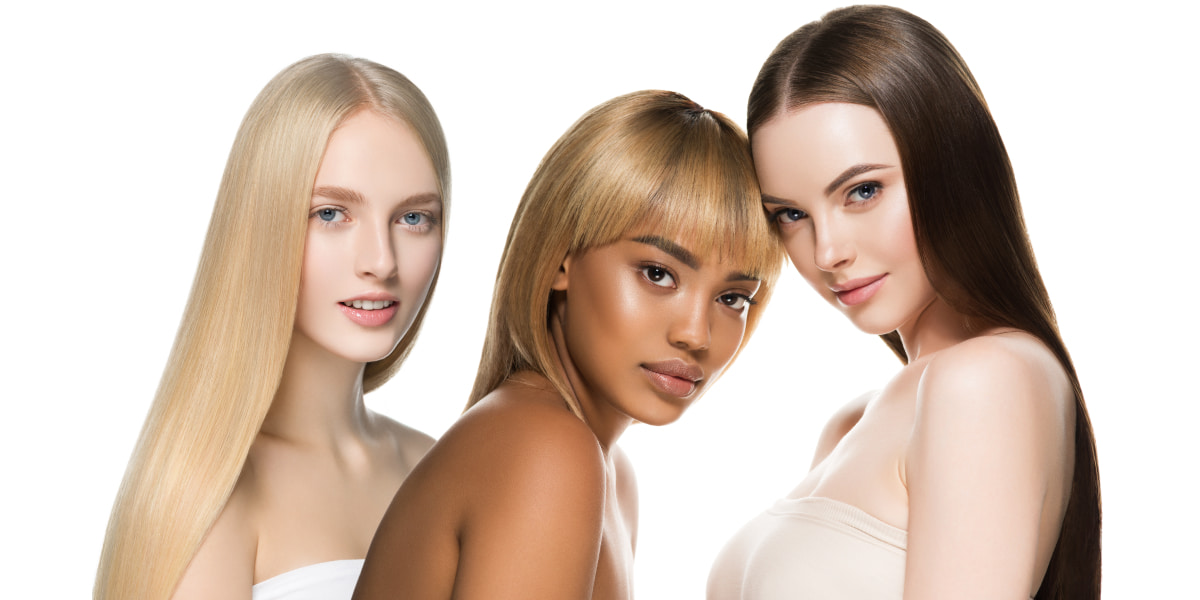Published on August 16th, 2023
Last updated on August 17th, 2023
Damaged Bleached Hair: How to Make Them Soft and Silky?
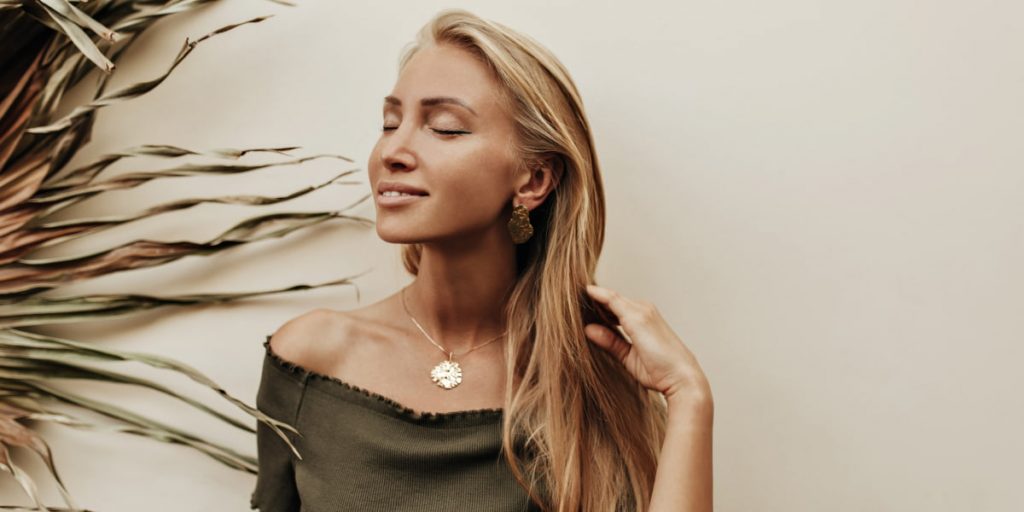
Damaged bleached hair can be attractive. However, keeping it up could be difficult. Hair that is bleached may become drier, more delicate, and more prone to breaking. As a result, they will seem lifeless. You may bring back your bleached hair’s smooth gloss with the appropriate care.
In this piece, we’ll provide you with tips on how to take care of bleached hair. Among the essentials are product suggestions and regular maintenance. We’ll emphasize how crucial moisturizing and hydration are. We’ll go over bleached hair care in great depth as well, including how to use deep conditioners and styling conditioners. These are the ones that will enhance the vibrancy of bleached hair tips. We’ll also provide you with advice on how to bring back the natural beauty of your hair.
This page contains the knowledge and resources you need to maintain healthy hair. Whether you have experience with bleached blonde hair professionally or are a newbie. The first and most important step is learning how to take care of your bleached blonde hair properly.
Why Bleaching Damages Your Hair?
Bleaching agents for hair include ammonia and hydrogen peroxide, which deplete the hair’s natural hues and allow it to bleach in a range of colors. These compounds damage the melanin, which gives hair its natural color. As a result, the hair gradually loses its original color. Additionally, protein connections harm by bleaching, which weakens the hair’s structural integrity. The effect is that the hair becomes more brittle, fragile, and easily broken.
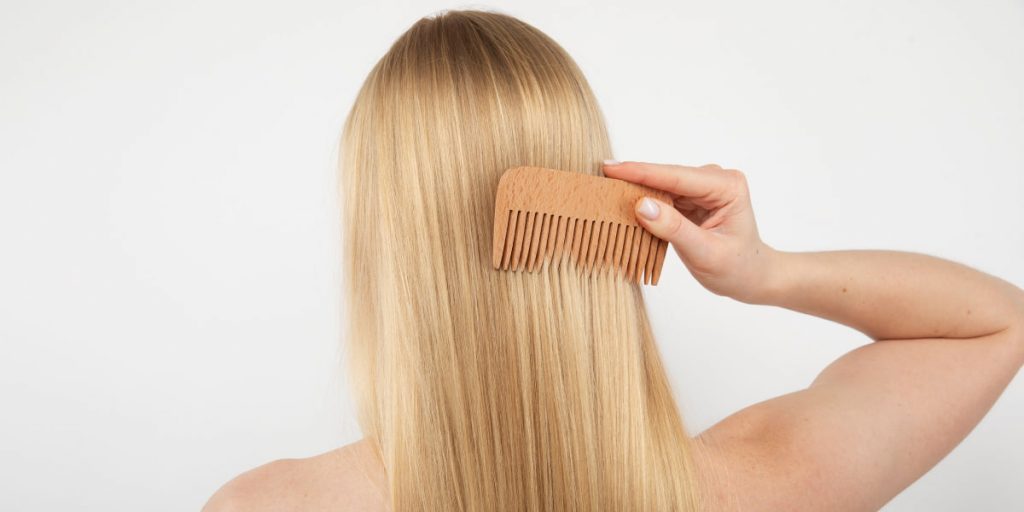
Platinum blonde or extremely light-toned hair can use as an alternate appearance. Their texture may change depending on the severity of the damage and hair bleaching. While some bleached hair may appear shiny and smooth, some bleached hair may appear damaged, frizzy, or dry. The hair may even turn copper in color, and hair feels like straw if the bleaching process interrupts.
Bleaching damage cannot be completely repaired. As a result, the hair feels rough, dry, flaky, and straw-like to the touch. But, there are things you may do to improve the appearance of your bleached hair. Moisture is necessary for your hair, so give it some. To do this, use conditioner and avoid harmful heat-styling agents. It is also advantageous to use hair care products designed for damaged and bleached hair. All because they reinforce and increase the hair’s structural integrity.
Treatments for hair regeneration come in a variety of forms. Utilizing treatments based on proteins and keratin is one option. But, these treatments could be expensive and not available to everyone. Additionally, bleached blonde hair treatments may do at home.
How to Treat Damaged Bleached Hair at Home?
Over time, your hair can become more sensitive than before. That’s because bleaching destroys the protein structure of the hair. But this can fix your damaged bleached hair, and you don’t need to visit a salon. You can do hair restoration on your own at home, using care features.
Below we will give you useful tips that will help you how to take care of bleached hair. As a result, thanks to this, you will be able to maintain the health of your hair. We will help you with this by telling you the key points. They’ll be crucial in taking care of your hair and restoring it.
How Often Should I Wash My Hair?

Washing bleached hair should do as gently as possible. If you wash too often, hair will lose the natural oils that protect the hair structure. Oils are important to keep hair from breaking and looking healthy. If on the contrary, if you wash your hair too infrequently, it will look heavy and dull.
Damaged hair is best washed 2-3 times a week with shampoo for bleached hair. Try to reduce the frequency of washing your hair each week. If you wash your hair less frequently, then do the opposite. You should not wash your hair under too hot water. This is because it can dry out your hair even more.
Don’t forget to use conditioner or balm as well. This will make your hair livelier and silkier. Such products should use several times a week or every time you wash your hair. By sticking to this, your hair will gain strength after a few weeks.
What Foods Do I Eat?
If you have damaged bleached hair, you should consider your nutrition. Ensure you’re getting the nutrients you need to encourage the development of strong, healthy hair development. The following foods suggest for your diet by the table:
| Nutrients | Action | Products |
| Protein-rich foods | Keratin is a protein that finds in hair. Consuming adequate protein in your diet is crucial to healthy hair repair | Lean meats, fish, eggs, beans, nuts, and seeds |
| Omega-3 fatty acids | These good fats aid in hydrating and nourishing the scalp. They might support the growth of healthy hair | Fatty fish (such as salmon), flaxseeds, chia seeds, and walnuts |
| Vitamin E | This antioxidant vitamin can enhance scalp circulation, which can promote healthy hair development and protect the hair from damage | Nuts, seeds, leafy green vegetables, and vegetable oils |
| Vitamin C | This vitamin aids in collagen production. It is crucial for having healthy hair | Citrus fruits, strawberries, kiwi fruit, bell peppers, and broccoli |
| Biotin | This B vitamin can assist to strengthen fragile hair and is crucial for the growth of healthy hair | Eggs, nuts, seeds, and whole grains |
How Do I Dry my Hair?
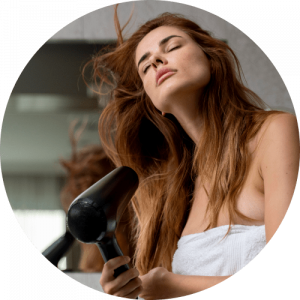
If your hair bleaches, it is crucial to dry it carefully. Do this to stop further degradation or damage. Here are some bleached hair tips for drying properly:
- Use a gentle towel
After exiting the shower, gently pat your hair dry with a soft towel. A towel should not use too vigorously on your hair as this might cause breakage and friction.
- Air dry whenever possible
Damaged bleached hair should ideally air dry. You shouldn’t use a hair dryer since the heat might further dry out and damage your hair. Use the lowest heat setting and hold the hair dryer at least 6 inches away from your hair if you must use one.
- Use a comb with large teeth
After gently towel-drying your hair, use a wide-toothed comb to detangle it. As you move up from the ends to the roots, take care not to tug or pull on your hair.
- Put on some thermal protection
Spray your hair with a heat protectant before using the heat-styling appliances. You can also apply a serum to your hair. This will reduce damage and protect hair from possible breakage.
What Products to Avoid?
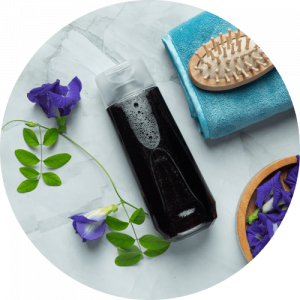
Use hair care products to prevent further damage to bleached blonde hair. Avoid the following products:
- Brightening shampoos. These shampoos designed to remove buildup from hair. Additionally, they may strip hair of its natural oils, leaving it dry and fragile.
- Hair colors and harsh chemicals. Avoid using strong chemicals and hair dyes on bleached hair. All because they provide a risk of worsening your hair’s damage and degradation.
- Products for hair that contain alcohol. If you use hair products with alcohol in them, your hair could get quite dry. This can cause further damage and breakage.
- Modern equipment. Damage to damaged hair may worsen if it’s exposed to hot tools like flat irons, curling irons, or hot curlers.
- Tight-weave hair accessories. Hair accessories with metal clasps or braids should wear with caution. All because when they pull and tug on your hair, they run the risk of breaking it.
How Often Should I Cut My Ends?

It is important to check the condition of the ends and clip them when wearing bleached blonde hair. By doing so, you can stop additional deterioration and breakage. Damage to all kinds, including split ends, can advance up the hair shaft. Correcting them as soon as possible is crucial because of this.
To maintain the health of your hair and avoid split ends, it is generally advised that you trim it every 6 to 8 weeks. But, you might need to trim your hair more regularly if it has significantly harmed bleached hair. You may choose the ideal haircut schedule with the help of your hairstylist. Your hair’s length and condition will determine everything.
Also, for regular haircuts, it’s important to take precautions against hair breakage. Avoid hot equipment and harsh chemicals using mild hair care products. Also, it’s crucial to brush and style your hair carefully. Your hair may restore its natural beauty with the appropriate care and attention.
How to Make Bleached Hair Soft and Silky
Although damaged bleached hair can be attractive, it can also be difficult to manage. The natural oils in the hair eliminate after bleaching. Hair becomes brittle, dry, and easily broken as a result. If your bleached hair’s harsh, hard-to-manage texture has you wondering how to re-soften your hair, read on. The good news is that you may restore the smoothness of your bleached hair with the proper care.
This blog post will examine some of the top ways to revive bleached hair’s health. Whether you’ve had your hair bleached for a while or are just getting started. You may meet smooth, healthy hair with the guidance of this advice, which you’ll be proud to flaunt.
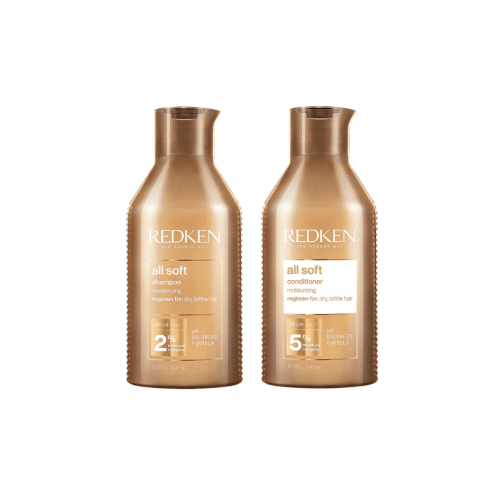
1. REDKEN All Soft Shampoo and Conditioner
These shampoo and conditionerset nourishes and restores damaged hair. A blend of ingredients including argan oil, omega-6, and proteins, moisturizes and strengthens the hair. At the same time, the gentle cleansing removes impurities. Use shampoo for bleached hair and conditioner together. This is essential to smooth and detangle hair, reduce breakage, and improve manageability. With regular use, hair becomes softer, smoother, and less brittle. It’s an excellent choice for those who have undergone bleaching.
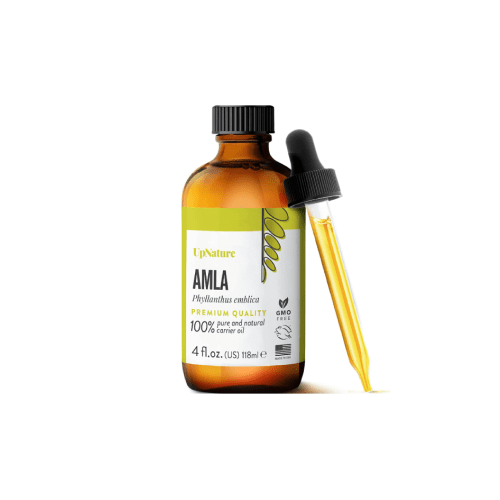
2. Amla Oil for Hair
Amla oil is a nutritious hair oil that helps bleached hair become stronger and more vibrant. While applying, work a tiny quantity into damp hair and let it sit for at least 30 minutes before washing. Frequent application lessens split ends and hair brittleness while reviving hydration and luster.
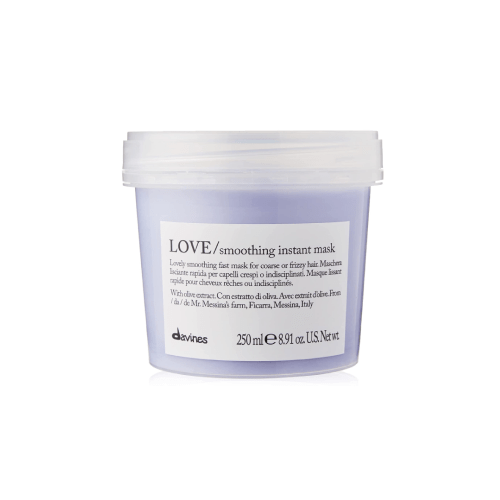
3. Davines LOVE Smoothing Instant Mask
Davines LOVE Smoothing instant mask is a hair mask for bleached hair needs to restore hair. It contains a blend of ingredients such as olive extract, jojoba oil, and shea butter. These are the ingredients that help moisturize and smooth bleached hair. To use, apply a small amount to damp hair and leave it on for 5-10 minutes before rinsing thoroughly. Regular use makes hair softer, smoother, and more manageable. At the same time, their frizz reduces, and their health improves.
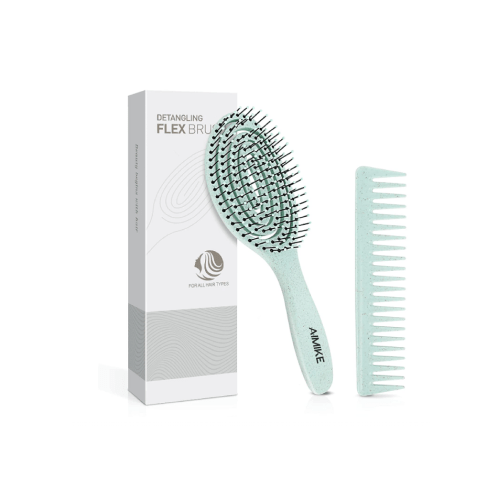
4. AIMIKE Detangling Hair Brush
The AIMIKE Detangling hair brush gently detangles and smooths out damaged bleached hair. All thanks to its flexible bristles that gently brush through the hair. Start by sectioning hair and brush from ends to roots without pulling or tugging. Regular use reduces breakage and improves the condition of the hair. The comb also distributes natural oils for shine and moisture retention.

5. LILYSILK Silk Hair Scrunchies
LILYSILK Silk Hair Scrunchies make of 100% pure mulberry silk. They design to prevent frizz and breakage of bleached hair. To use, gather hair and secure it with the scrunchie. The silk reduces friction and damage, preventing tangles and creases. With regular use, expect to see a reduction in frizz and breakage and distributed hair weight.
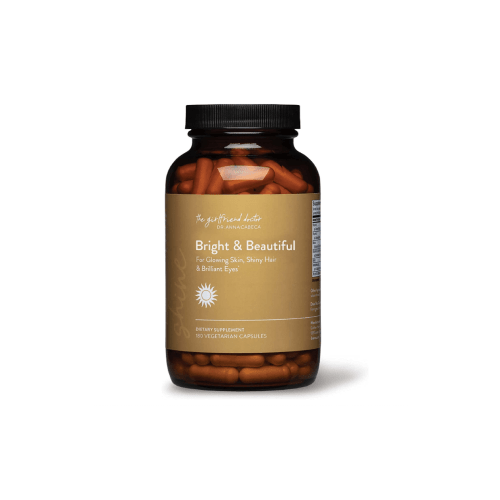
6. Bright & Beautiful by Dr. Anna Cabeca
Bright & Beautiful by Dr. Anna Cabeca is a hair supplement. It nourishes and strengthens the hair from the inside. To use, take two capsules daily with a meal. Regular use can reduce hair breakage and improve hair strength. The supplement contains essential vitamins, minerals, and plant substances. Such elements contribute to the health and well-being of your hair.
Bottom Line
Use deep-conditioning treatments to help damaged bleached hair regain its smoothness and elasticity. Keep your hair out of the heat and out of the sun. Use an oil or conditioner and a wide-toothed comb. Use coconut, argan, rosemary, or jojoba oil to hydrate your hair. With these bleached hair tips, you can restore the health of your hair and prevent further damage.
FAQ
How long does it take for bleached hair to be soft again?
The time depends on several factors, including the degree of damage and how well you take care of your hair. If your hair is only damaged by bleaching, you may notice a significant improvement in your hair in a few weeks. But, if your hair is severely damaged by bleaching, it may take several months of ongoing hair care. Sometimes, it may even take a year for your hair to recover fully.
Why is my hair so dry and frizzy after bleaching?
Bleaching can cause hair to become dry and brittle due to the loss of the natural oils and proteins in the hair. When bleach applies to the hair, it destroys the pigment melanin. It is melanin that gives hair its color. This process also removes natural oils and proteins. They keep hair healthy and moisturized, leaving the hair vulnerable to damage.
Is it possible to have soft hair after bleaching?
Yes, it is possible to have soft hair after bleaching. But it can take some time and effort. Bleaching can cause hair to become dry, brittle, and prone to breakage. This can make it difficult to keep it soft and smooth. But, with the right care and attention, you can restore softness and health to your bleached hair.
What softens bleached hair?
Bleached hair can become dry and brittle due to the loss of natural oils and proteins. This can make it difficult to maintain softness and smoothness. But, several remedies can help soften bleached hair and restore it. Here’s what you can use:
– Deep conditioning treatments;
– Conditioners for styling;
– Hair oils;
– Vitamins;
– Avoid heat styling.
Is coconut oil good for bleached hair?
Coconut oil can be good for bleached hair. Coconut oil contains lauric acid. It penetrates the hair shaft and helps reduce protein loss. Other oils are also good for bleached hair. Argan oil, which is rich in antioxidants and vitamin E, and jojoba oil can use.


